Tips for Monsoon to Stay Damage-Free
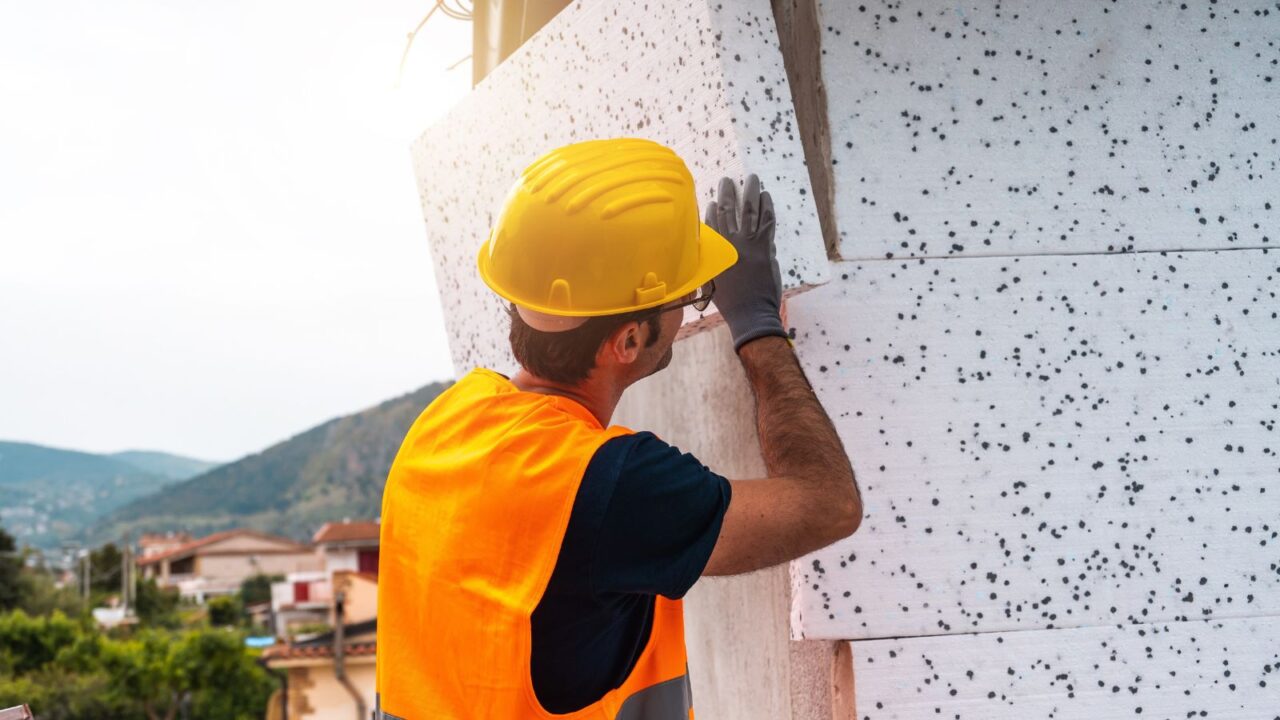
Waterproofing and Mold Prevention Tips for Monsoon
Do you love the rain but not the damage it causes? While some appreciate rain for its refreshing effect, others remember it for its musty odor, mildew, mold, and leaks.
If you want to have a different experience this monsoon season, follow these care tips for a damage-free monsoon.
Wall and Roof Checkup

Inspection and Maintenance
Don’t wait for a rainy day to arrive and witness all the cracks and leakages; instead, start your inspection beforehand.
Look for cracks in the roof and wall and fill them with caulk, acrylic latex caulk, or silicone sealant. They’re effective for filling small to medium-sized cracks and are water resistant.
Paint for Rain Protection
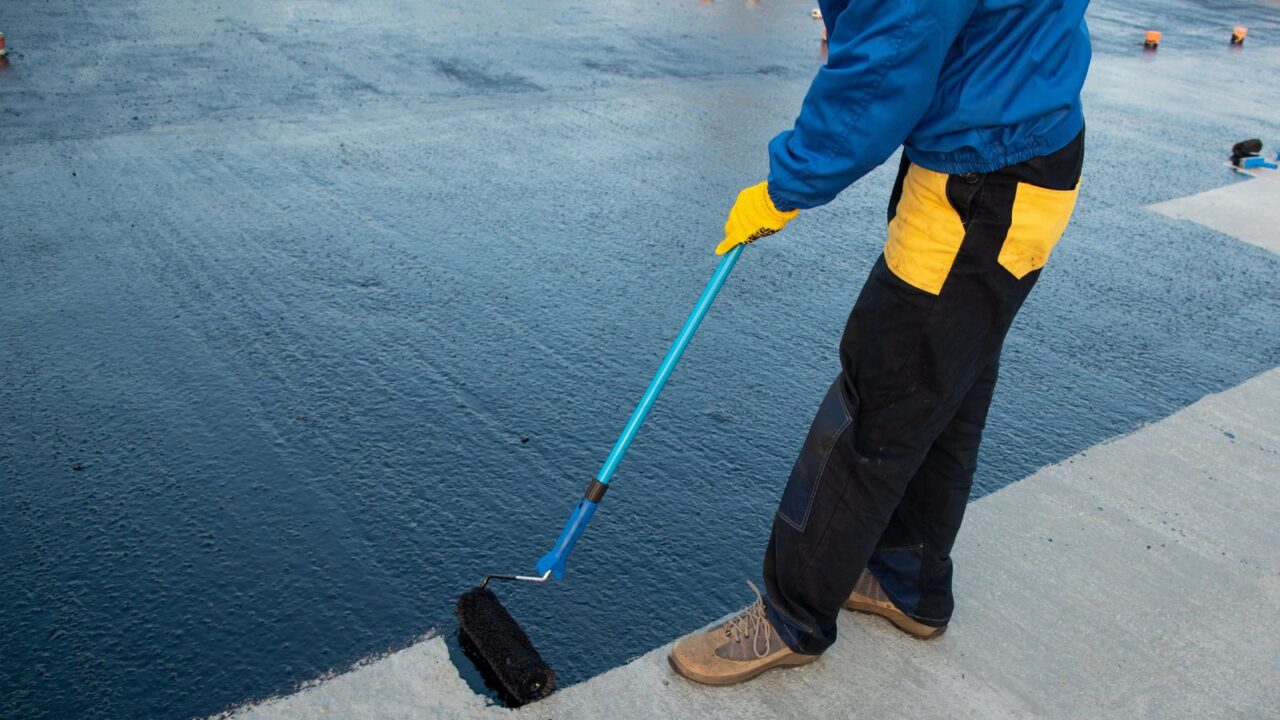
Use Waterproof Paints
Another effective way to protect your house walls from moisture is to use specially formulated water-resistant paints.
They don’t only act as paint but also as a strong barrier from unwanted moisture, which eventually leads to mold growth. You can use it on your ceilings, walls, bathrooms, kitchen, bedroom, basement, or anywhere else, just like normal paint.
Look for Spaces in Windows and Doors

Seal Windows and Doors
Like your walls and roofs, you should also inspect your windows and doors for gaps.
If you find gaps around the edges of windows or doors, you should either add weather stripping or use acrylic latex or silicone caulk to fill these spaces.
Basement Waterproofing

Waterproof Your Basement
Our basement is one of the most susceptible places to mold growth and unpleasant odors because we often neglect it.
But in the rainy season, water can infiltrate your basement and will likely cause damage.
Therefore, it’s better to take some precautions and waterproof your basement with waterproof coatings, vapor barriers, and crack sealing.
Install a Sump Pump

Sump Pump for Basement Flooding
Adding a sump pump is another way to protect your basement from water accumulation.
You can choose from a submersible or a pedestal sump pump; they serve the same purpose with slightly different features and installation.
Note: There are cases when the sump pump fails to work. In such a case, install a water alarm.
Dehumidify Your Space

Use Dehumidifiers
Monsoon season brings lots of moisture and humidity. While you might not be a fan of the moisture, mold really likes it as it favors its growth.
Therefore, a dehumidifier should be added to dehumidify the unwanted moisture. You can also install the one with a built-in ventilation function.
Get Rid of Bathrooms and Kitchens Dampness
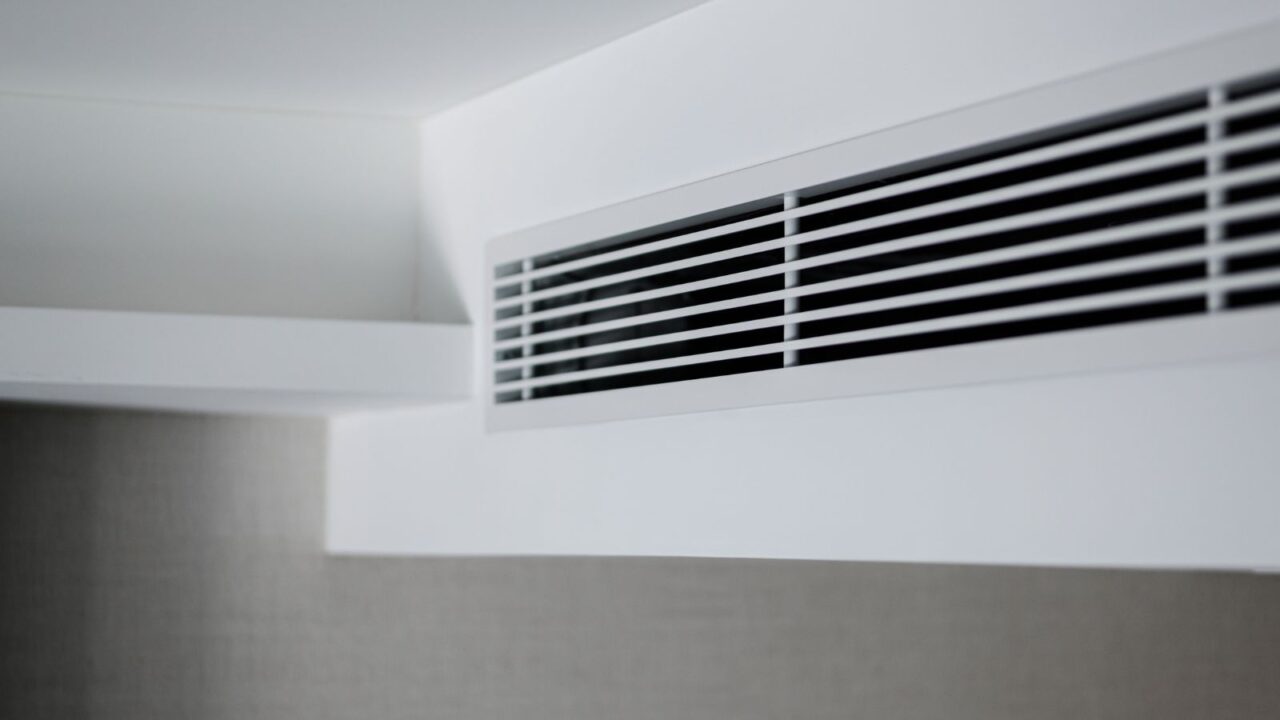
Ventilate Bathrooms and Kitchens
Bathrooms and kitchens are the two places in your house where water activity is high, so they’re the most affected by moisture buildup.
Yes, you thought right, more moisture is directly linked to mold growth. Therefore, proper ventilation is crucial in these areas to eliminate all the dampness.
You can add exhaust fans, ventilation windows, and range hoods, or you can place a dehumidifier in areas where you can.
Protect Your Floor
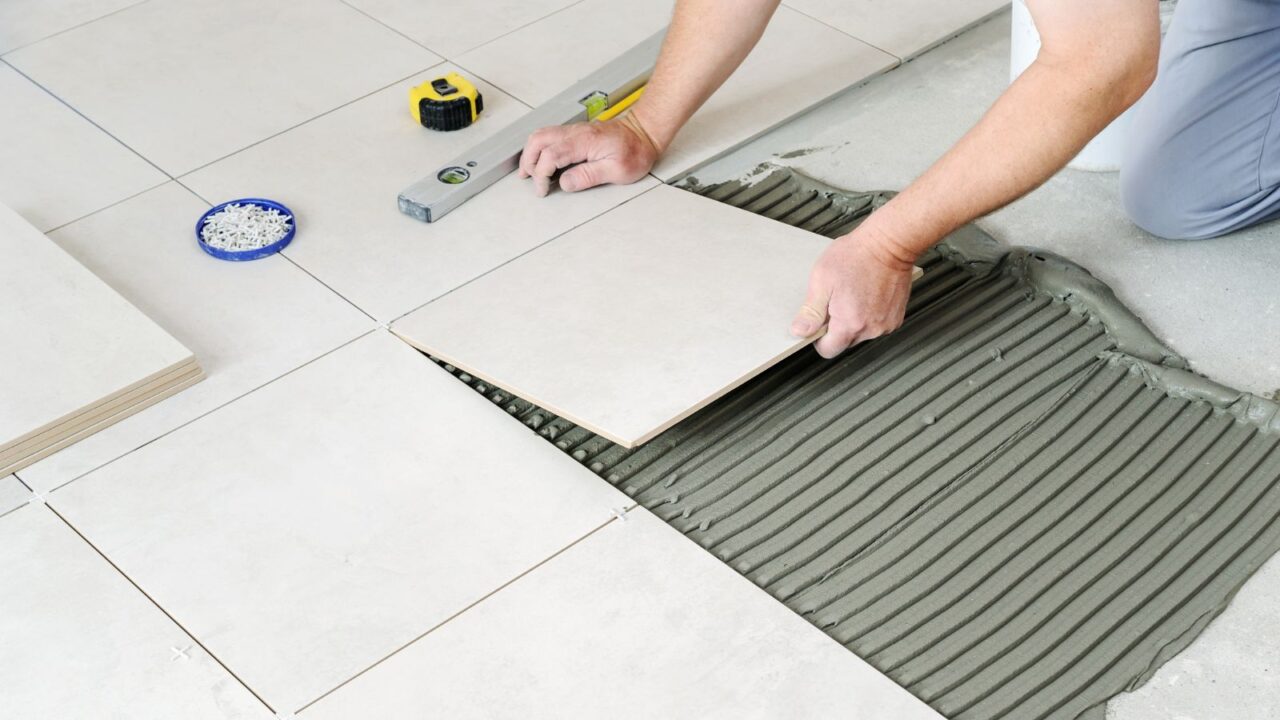
Use Waterproof Flooring
If your house has carpets or wooden or marble flooring, you should consider replacing them before the monsoon season arrives.
The reason is that they’re likely to get damaged and eventually become great places for mold growth.
Thinking of the recommended floorings? Here you go:
- Vinyl flooring
- Ceramic and porcelain tiles
- Engineered stone
- Luxury vinyl tile
Apply Mold-Resistant Products
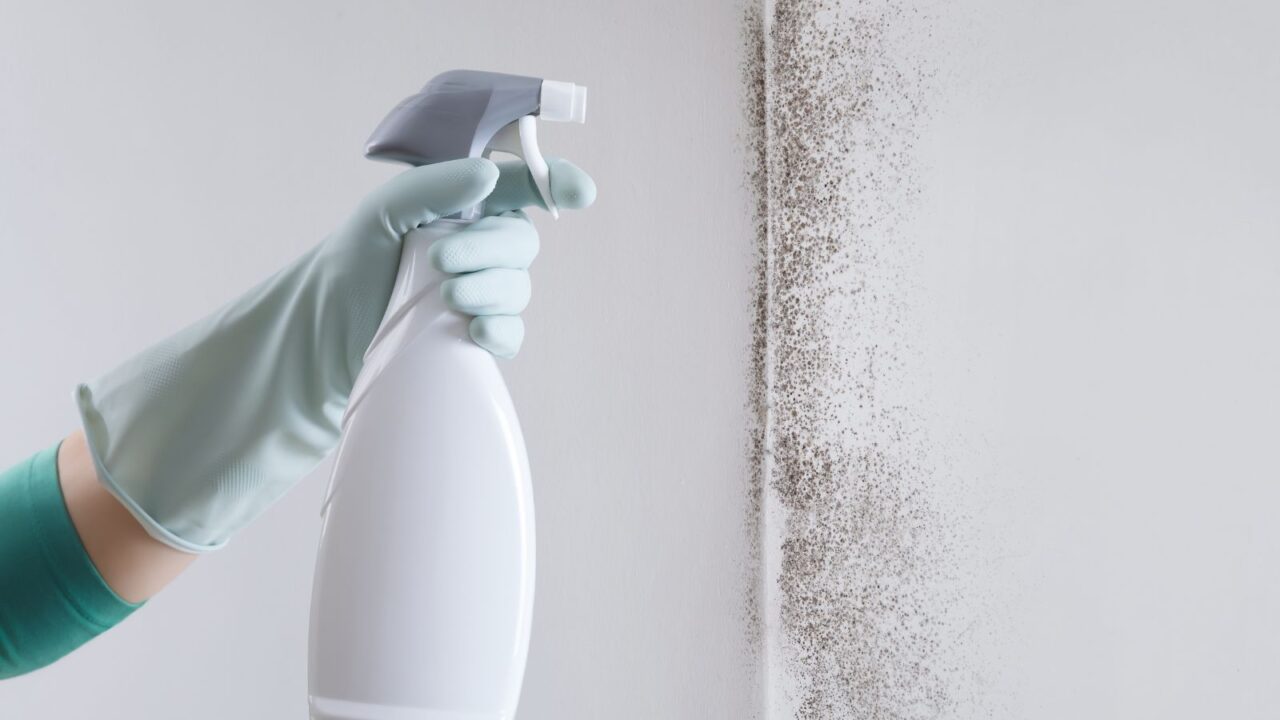
Mold-Resistant Products
To add a layer of protection from mold, the best thing you can do is to apply some mold-resistant products on house walls, furniture, flooring, or any place you suspect can get mold.
You can opt for sealants, mold-resistant paints, or water-repellent sprays. Remember to add ventilation, as it makes these products far more effective.
Use Moisture Absorbers
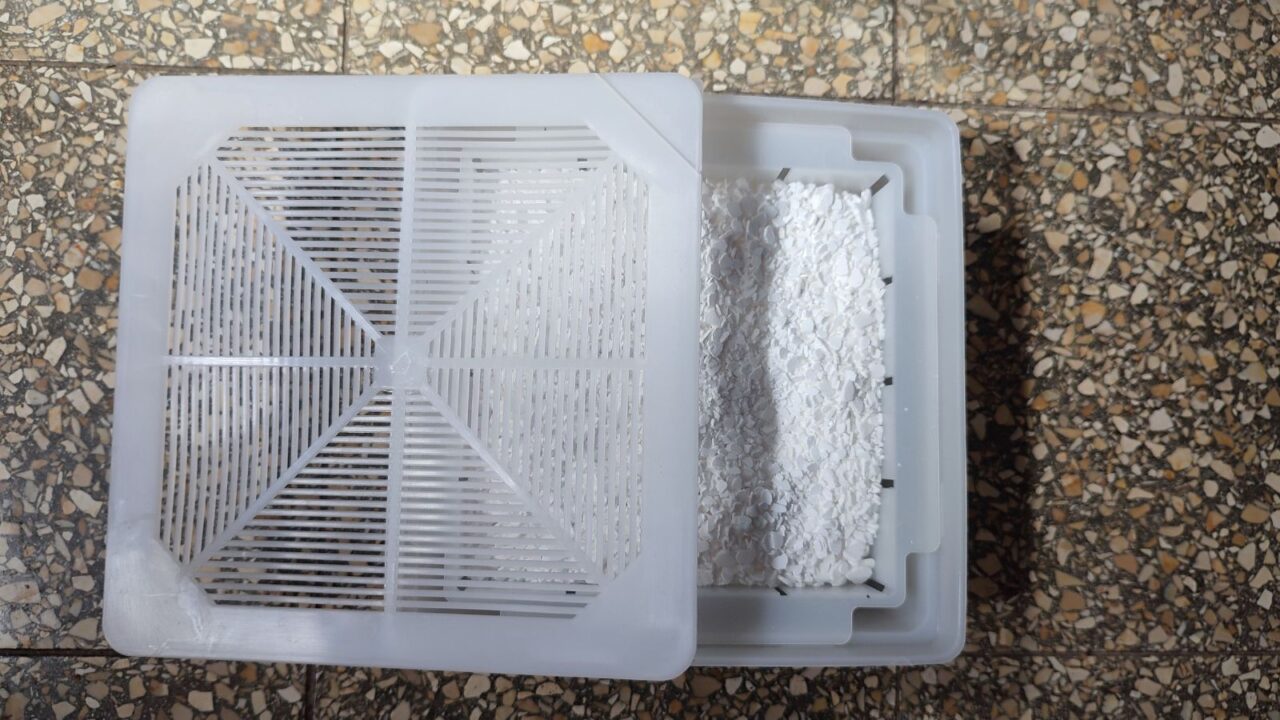
Place Moisture Absorbers in Eclosed Areas
A cost-effective way to tackle indoor dampness and mold growth is by using moisture absorbers.
You can buy silica gel packs and dehumidifier crystals or use calcium chloride or activated charcoal. Keep these in enclosed, moisture-prone places.
Keep Furniture Off the Ground

Elevate Your Furniture
If you live in an area that experiences heavy rainfall and is prone to flooding, or simply the areas of your house like a basement, then it’s better to keep furniture slightly elevated.
You can use risers, wall-mounted racks, shelving units, or any elevation for your furniture and decorative pieces.
Gutters and Downspouts
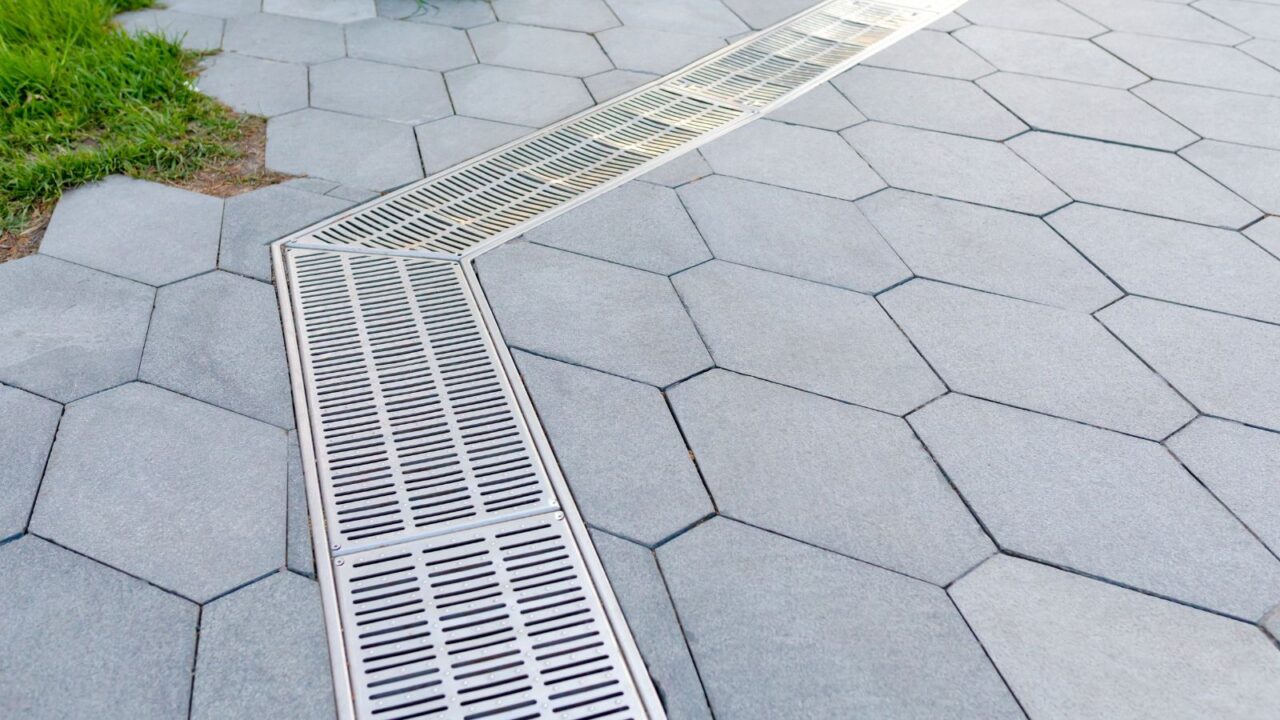
Improve Drainage Systems
Ensure gutters, downspouts, or drainage systems function properly without any structural damage.
They ensure that different areas of your house aren’t flooded, and strong drainage foundations also mitigate soil erosion.
Decor Tips for Monsoon
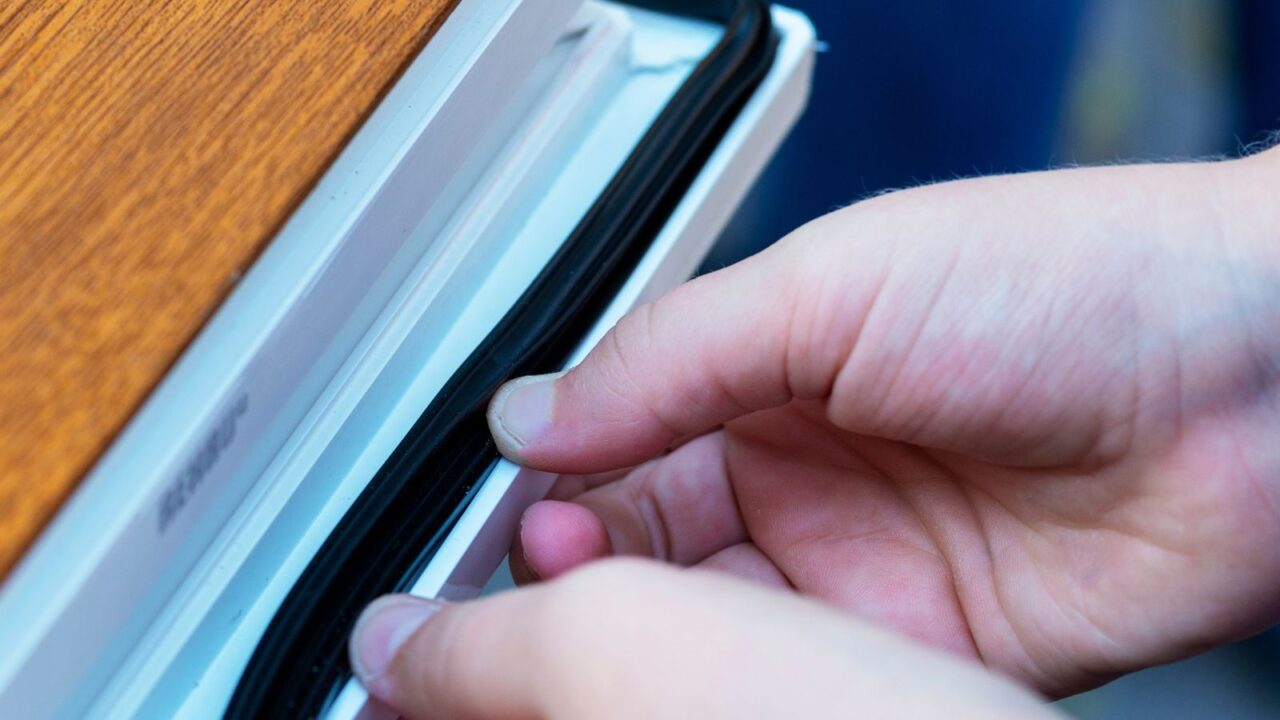
Best Decor Tips to Prevent Damage in Monsoon
If you want to protect your house decor from rain damage without compromising on style, you can achieve both effortlessly.
Here are top Monsoon decor tips to prevent your house from rain damage this year.
Keep Your Textile Safe from Water
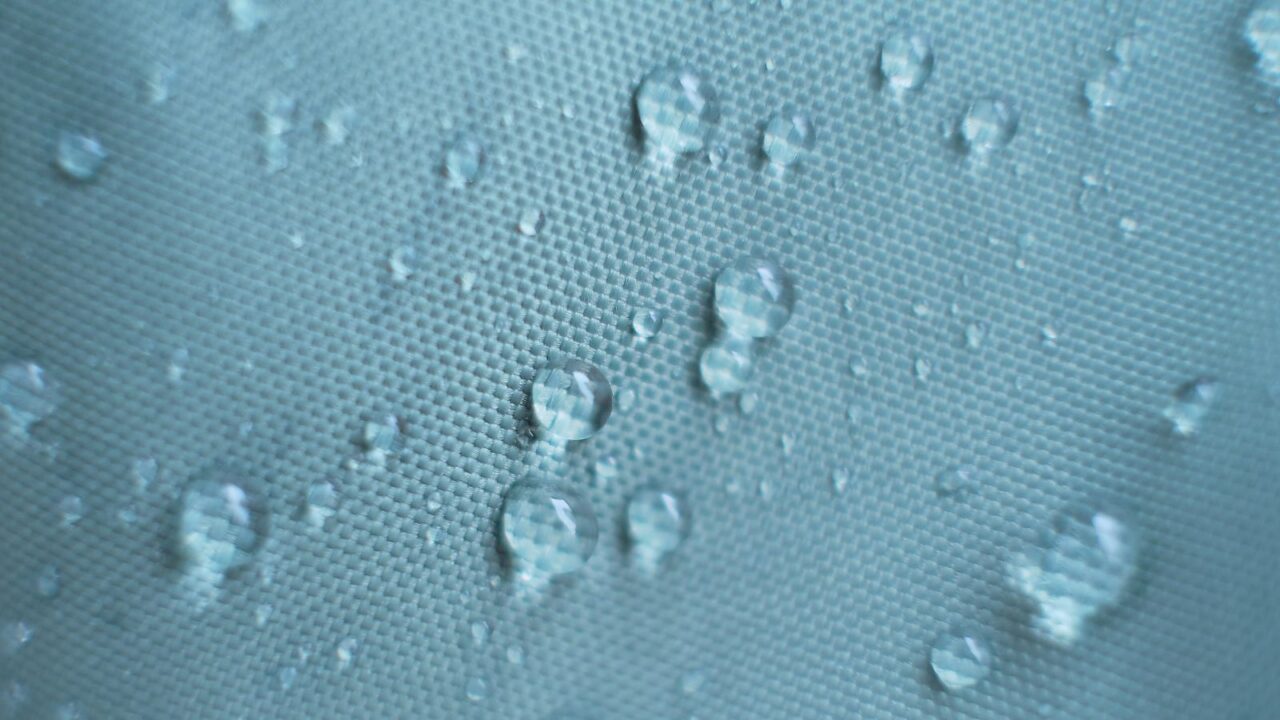
Waterproof Fabric for Monsoon
Waterproof fabrics are best not only for monsoon season but also for spill cases.
They also serve aesthetic purposes, as they come in many different colors and patterns. Some of the fabrics, like performance velvet and faux leather, exude a luxurious look.
If you want to add waterproof and water-resistant fabric to your house for the monsoon season, then you can check the top waterproof fabrics for monsoon decor.